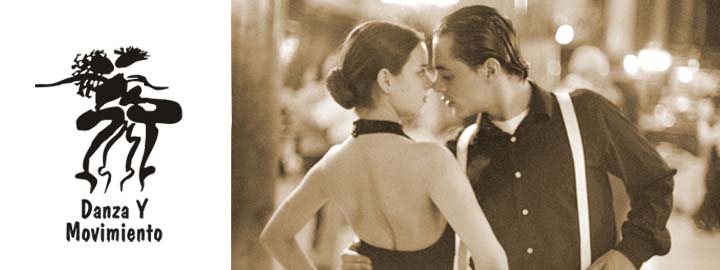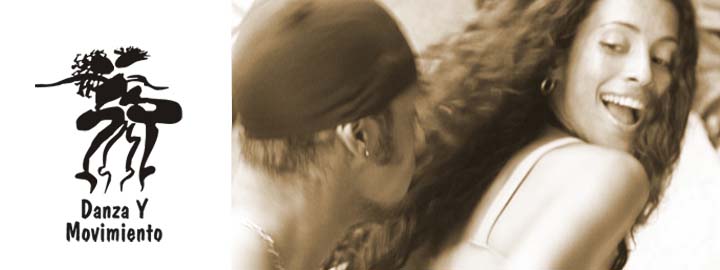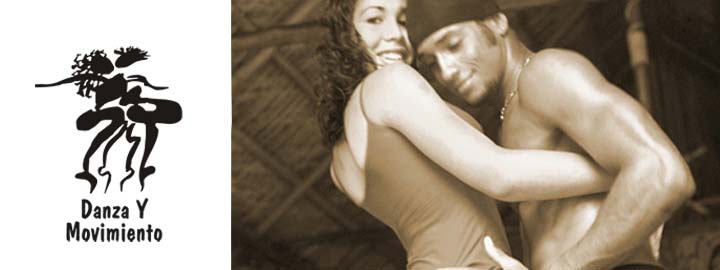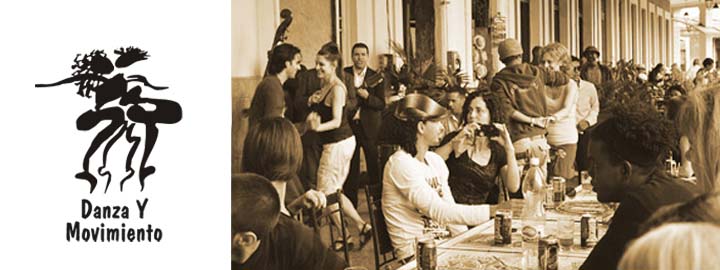DYM Music Database
Tango, milonga und vals are something like the Trinity of music from Buenos Aires. The tango was the result of the merging of several cultures, which met in Argentina during the immigration period. The milonga constitutes the indigenous »original« part of the total repertoire. The vals might be most closely related to the abandoned homelands of the emigrants, for it is strongly embedded in European folk music.
In brief:
Tango: melancholy, grief, seriousness, pride, struggle
Milonga: joy, diversion (and thus a counterbalance to tango)
Vals: reconciliation, home, to forget (... grief)
During the 1990s, the Salsa-Boom reached Spain first and then the rest of Europe - a long time before the »Buena Vista Social Club« appeared. Still, that CD and the movie by Wim Wenders afterwards gave the Latin American music in Germany an incredible impulse.
Suddenly, Cuban musicians, who had never left their island before, turned up in all European charts! Throughout the whole of Europe the number of »Salsa-Aficionados« - often called »Salsaholics« - grew and it is still growing. And this fervour does not seem to end. For those who have seen »Dirty Dancing«, the music and the dance might appear quite similar to mambo. This is no mere coincidence: Salsa (Spanish, meaning »sauce«) developed in the USA out of different Latin rhythms and dances - including the mambo.
Brazil is a land of music. It owes the abundance of musical forms of expression to the synthesis of European, African and indigenous traditions.The interaction between indigenous reed pipes, African percussion instruments and Portuguese violas (the viola is similar to the guitar and it is equipped with 10-12 strings), the combination of Portuguese song culture and the rhythm of the African slaves created a music full of an exceptional diversity and beauty, like the classical compositions of Villa-Lobos, the soft sounds of the Bossa Nova or the sultry Samba.





